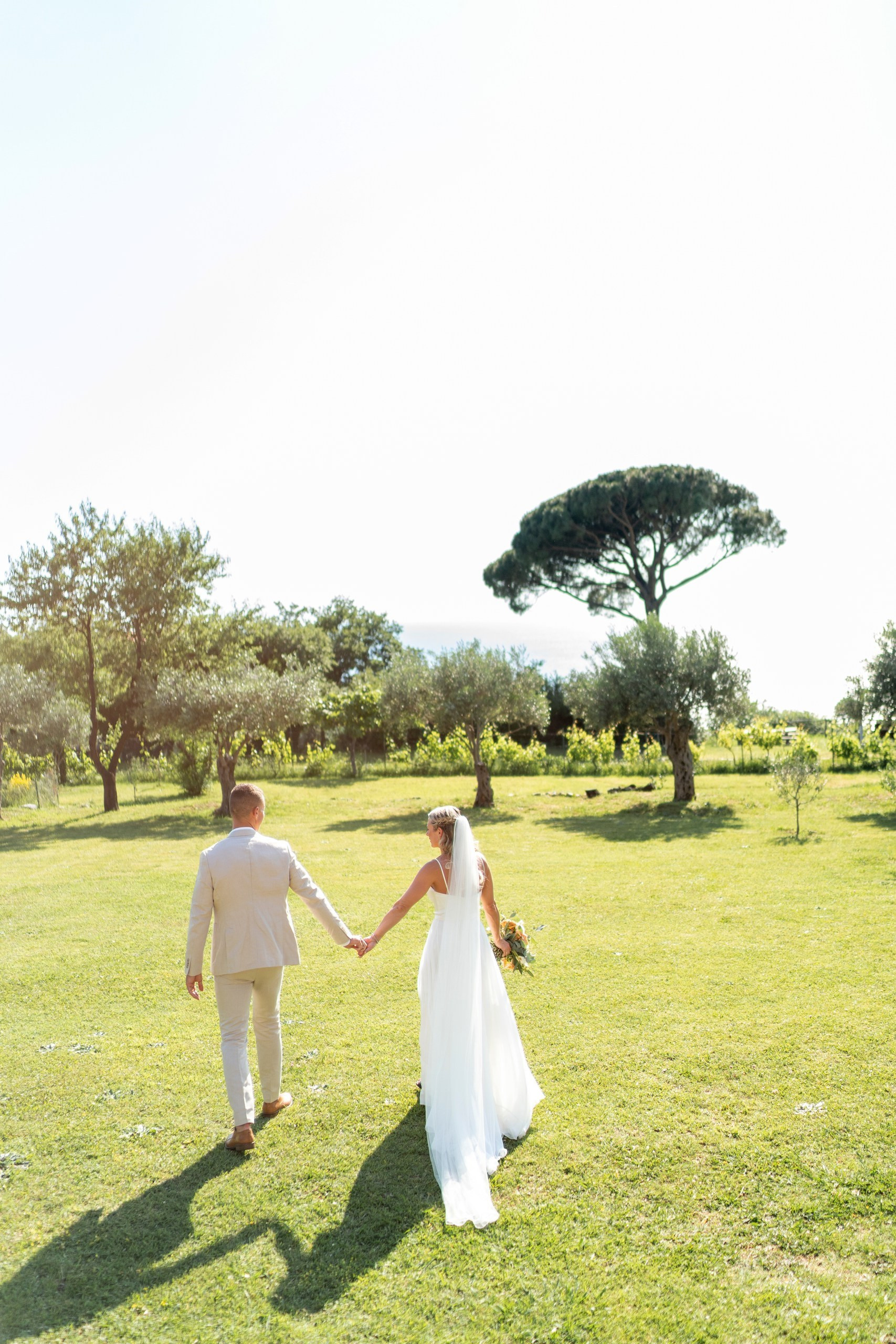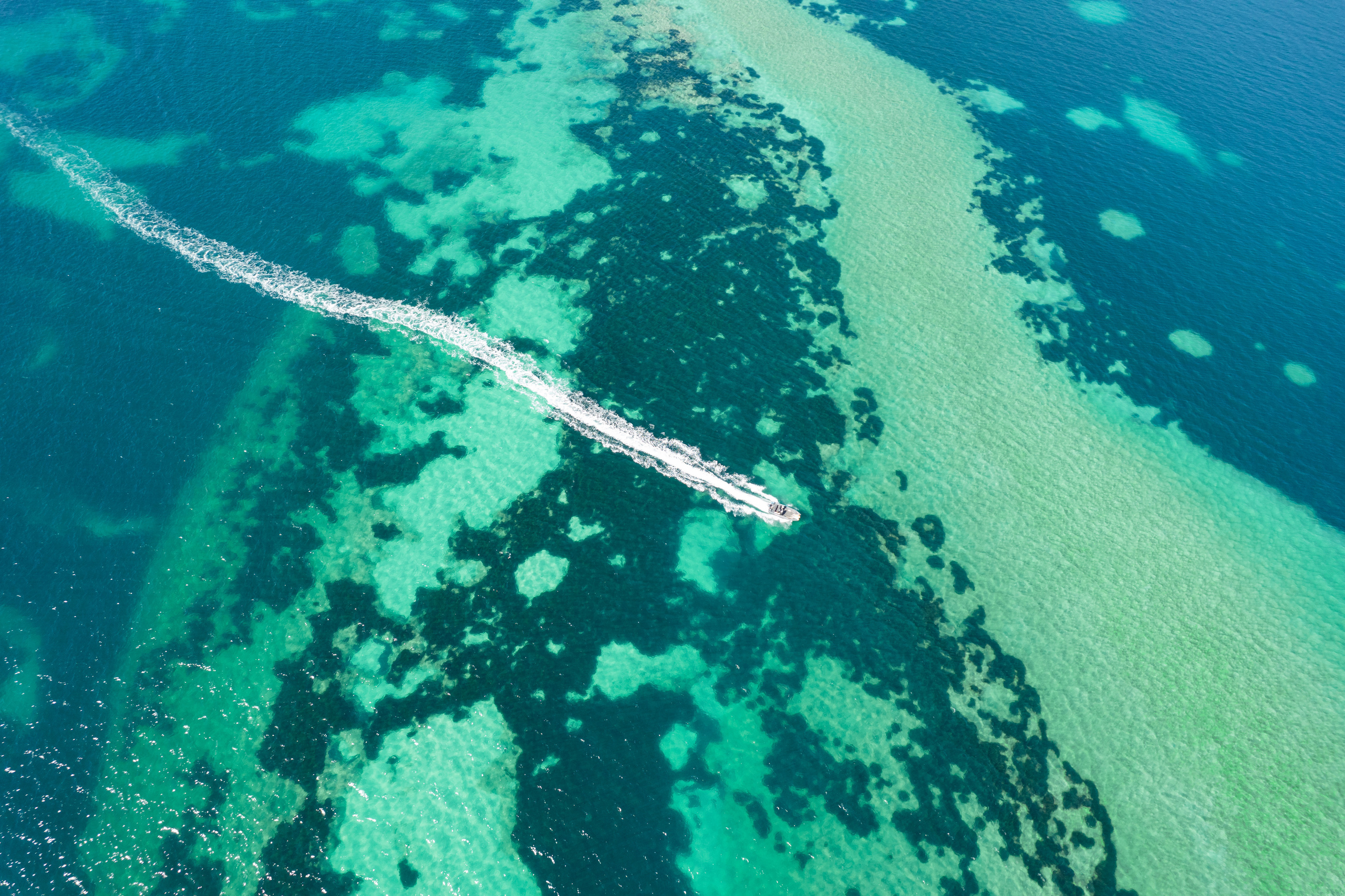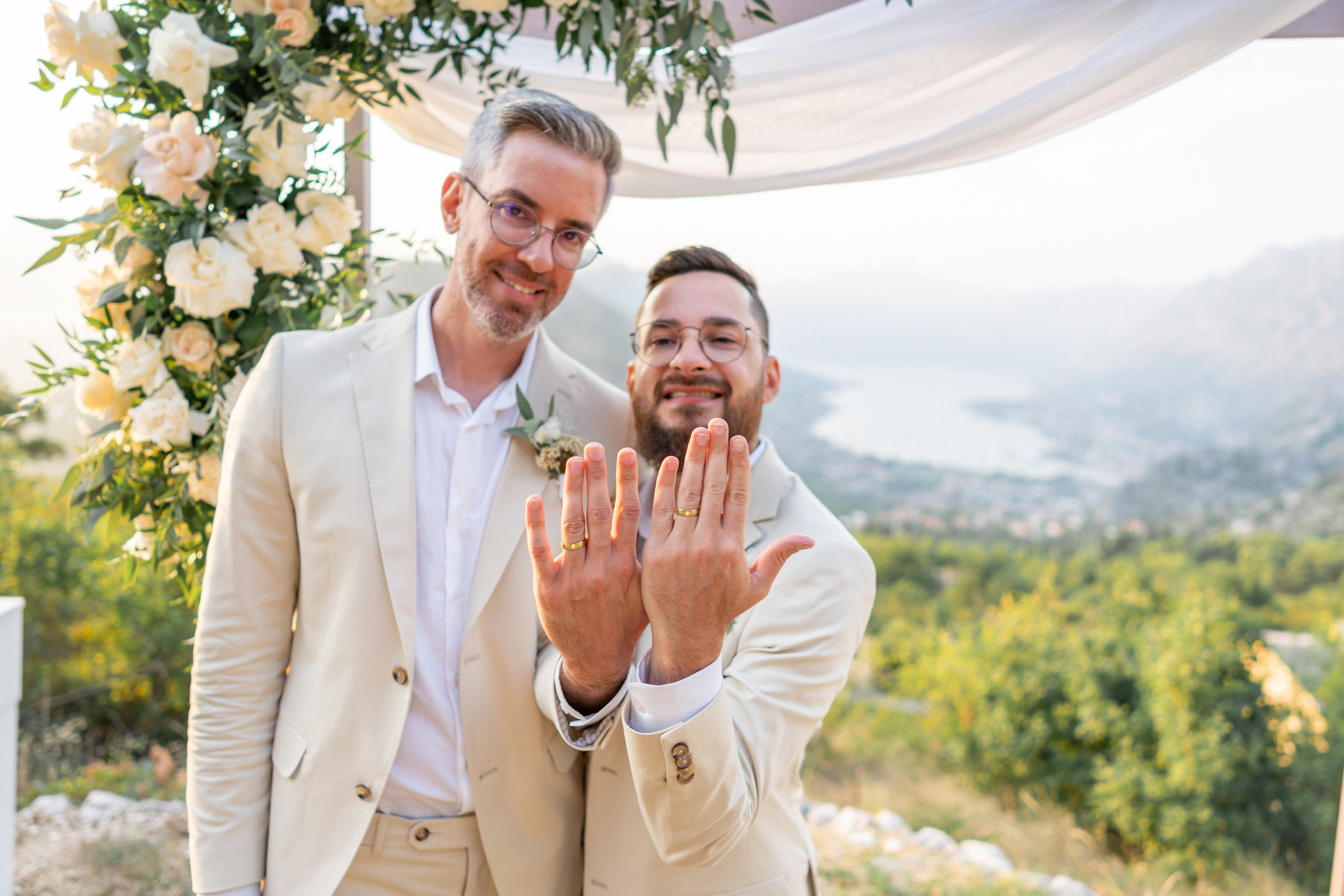Montenegro, a small country nestled in the Balkans, has been increasingly capturing the hearts of travelers worldwide. Known for its stunning landscapes, rich history, and vibrant culture, it’s no wonder that more tourists are considering Montenegro as their next destination. However, like any travel destination, Montenegro has its advantages and disadvantages. This guide explores the pros and cons of visiting Montenegro to help you make an informed decision for your next trip.
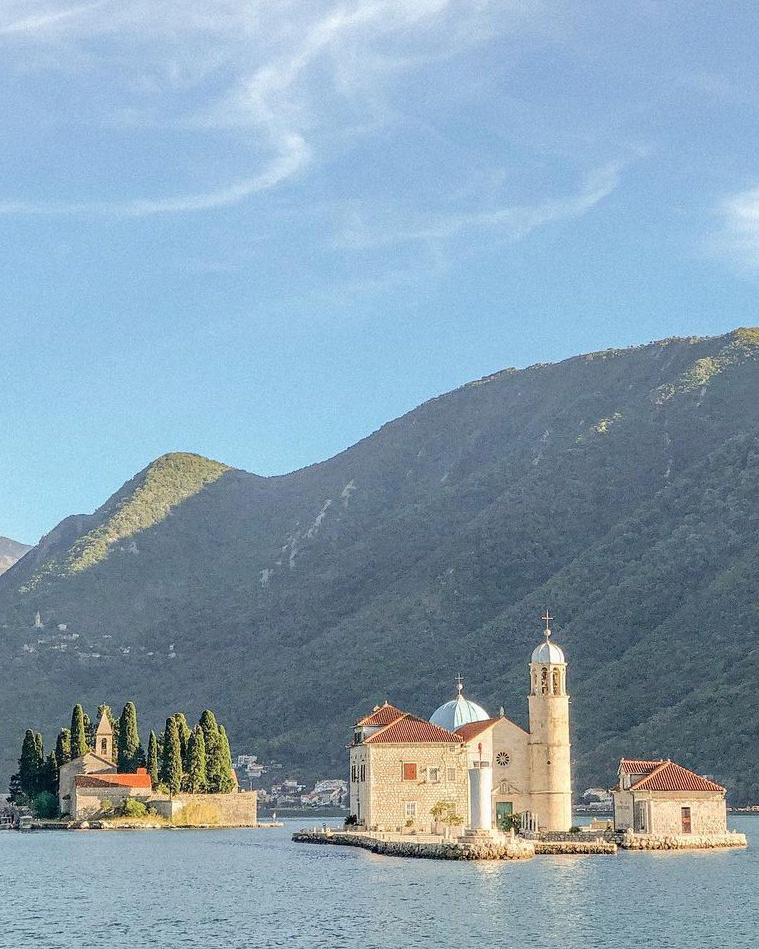
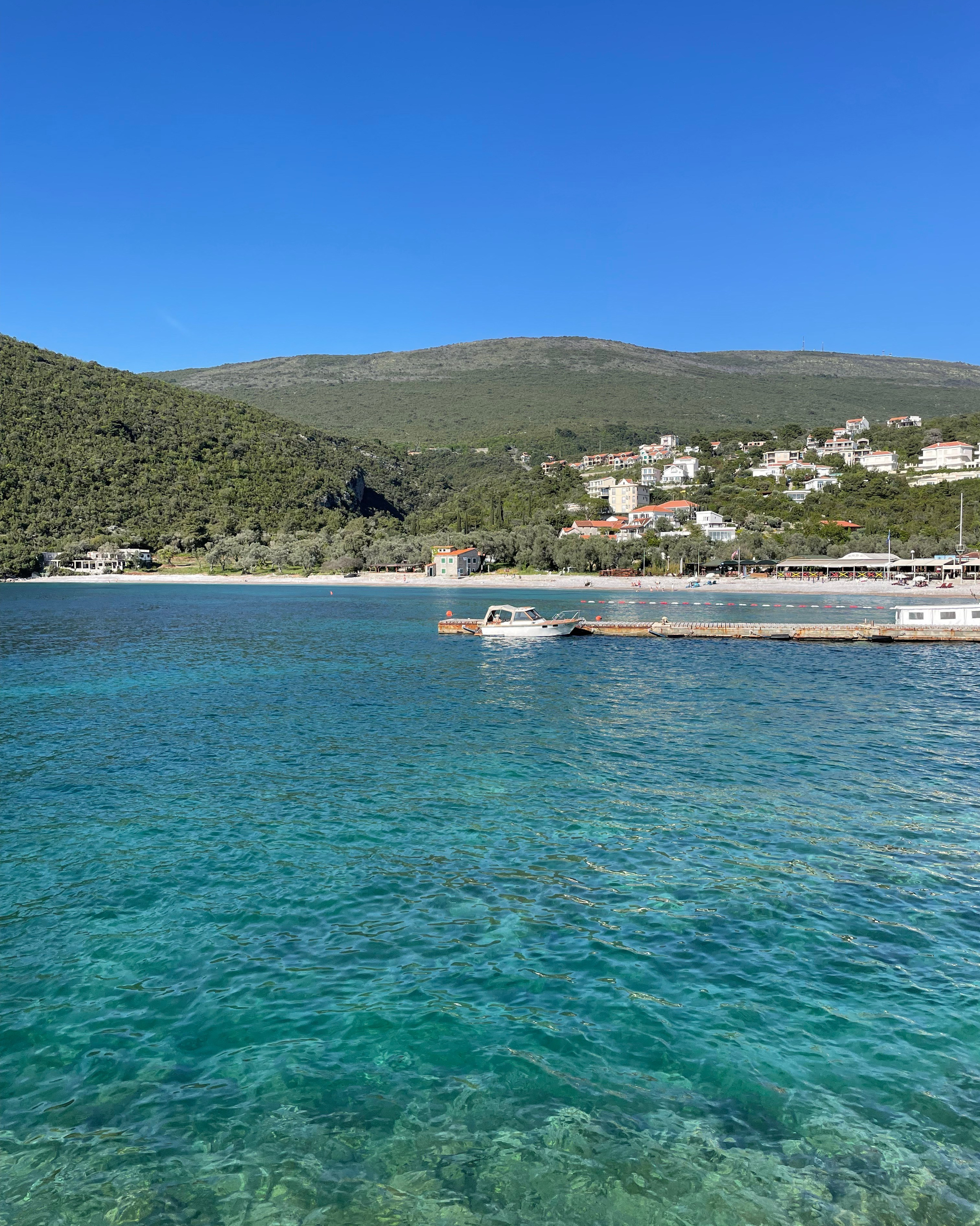
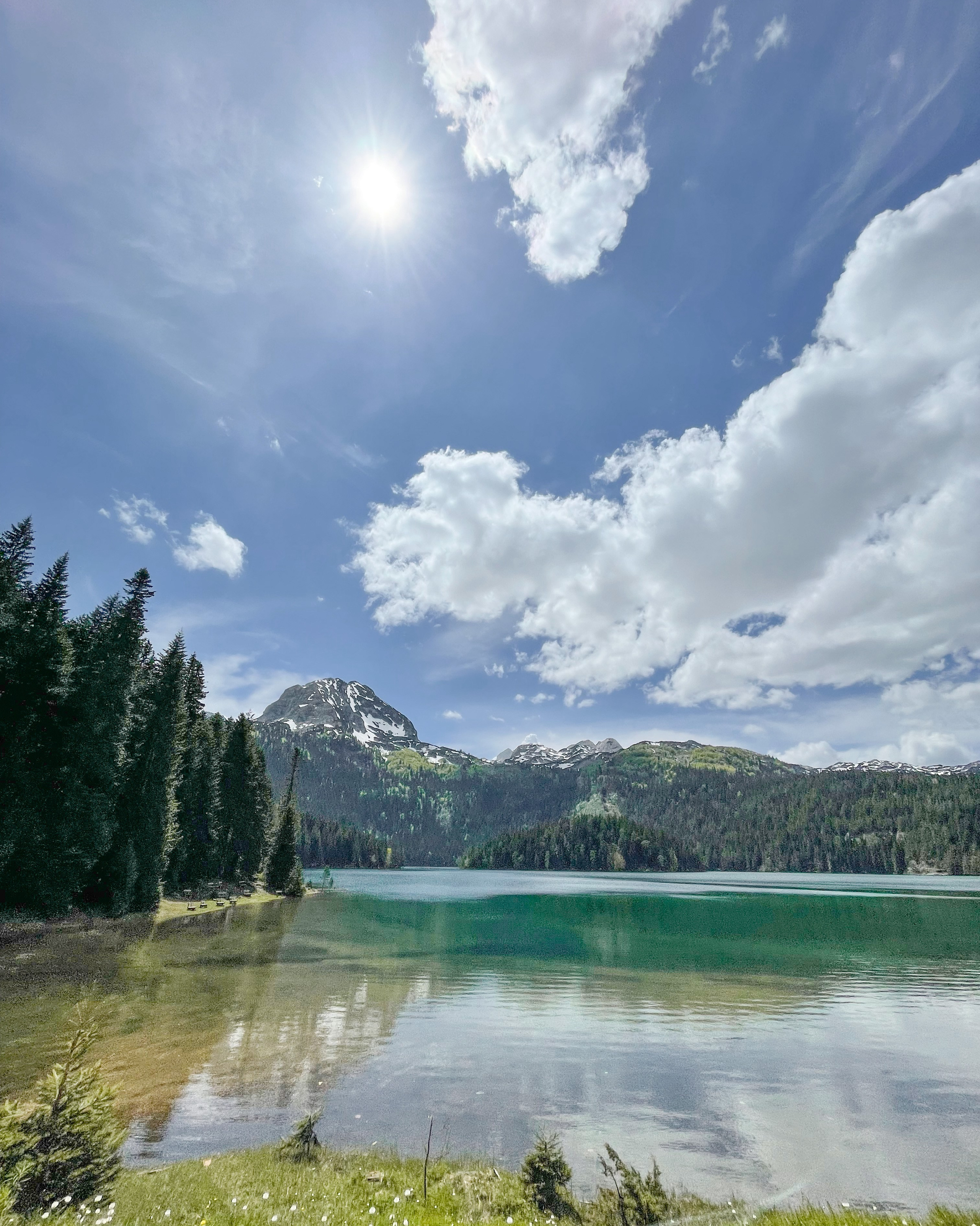
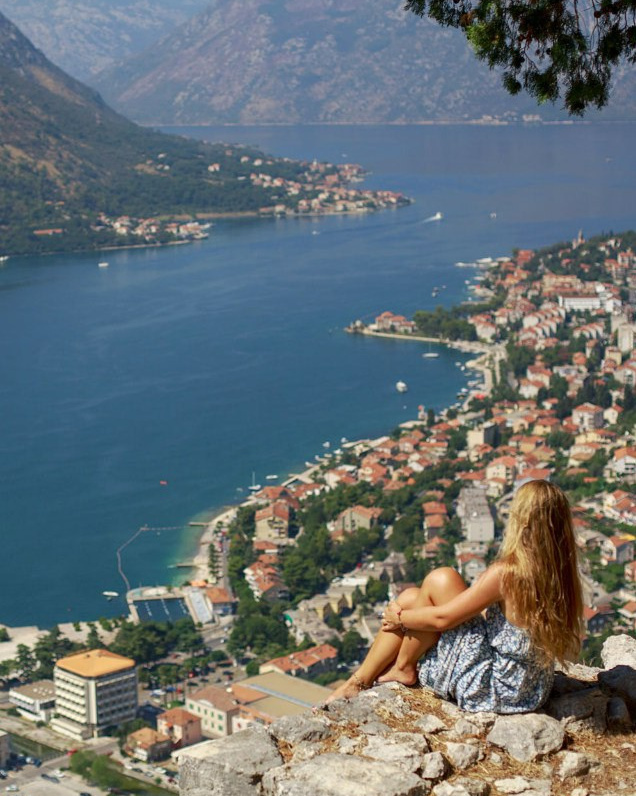
About Montenegro
Montenegro, translating to “Black Mountain, ” is a small yet captivating country located in Southeast Europe. Bordered by Croatia, Bosnia and Herzegovina, Serbia, Kosovo, and Albania, Montenegro boasts a diverse landscape ranging from the Adriatic coastline to rugged mountains and serene lakes. As tourism in Montenegro grows, it’s essential to weigh the benefits and potential challenges of visiting this beautiful country. This article delves into the pros and cons of traveling to Montenegro, providing you with a balanced perspective to plan your perfect trip.
Pros of Visiting Montenegro
Stunning Natural Landscapes
One of the most compelling reasons to visit Montenegro is its breathtaking natural beauty. The country is home to a variety of landscapes that cater to different tastes:
- Mountains and National Parks: Durmitor National Park, a UNESCO World Heritage site, offers majestic mountains, deep canyons, and glacial lakes. It’s a paradise for hikers, climbers, and nature enthusiasts. There are 5 national parks in Montenegro.
- Adriatic Coast: The Montenegrin Riviera stretches along the Adriatic Sea, featuring picturesque beaches, charming coastal towns like Budva and Kotor, stunning bays such as the Bay of Kotor or Lustica peninsula.
- Lake Skadar: Shared with Albania, Lake Skadar is the largest lake in the Europe, perfect for boating, fishing, and bird watching.
Rich Cultural Heritage
Montenegro’s history is a tapestry woven with various influences, resulting in a rich cultural heritage:
- Historical Sites: Explore medieval monasteries, Ottoman-era buildings, and Venetian fortresses. The Old Town of Kotor, with its well-preserved architecture, is a must-visit.
- Festivals and Traditions: Experience local festivals like the Kotor Carnival and cultural events that showcase traditional music, dance, and cuisine.
- Museums and Galleries: Learn about Montenegro’s history and art in museums such as the National Museum of Montenegro and the Maritime Museum in Kotor.
Affordability
Compared to other European destinations, Montenegro offers excellent value for money:
- Accommodation: From luxury resorts to budget-friendly hostels, Montenegro provides a wide range of lodging options to suit all budgets.
- Food and Dining: Enjoy delicious Montenegrin cuisine at affordable prices. Local eateries offer hearty meals featuring fresh seafood, grilled meats, and traditional dishes.
- Transportation and Activities: Public transportation is reasonably priced, and many outdoor activities like hiking and beachgoing are free or low-cost.
Friendly Locals
Montenegrins are known for their hospitality and friendliness towards visitors:
- Welcoming Atmosphere: Tourists often find locals eager to help and share their culture, making the travel experience more enjoyable and authentic.
- Language: While not everyone speaks fluent English, especially in rural areas, many younger Montenegrins and those in the tourism industry can communicate effectively in English.
Diverse Activities
Montenegro offers a plethora of activities catering to various interests:
- Adventure Sports: Engage in activities like rafting on the Tara River, paragliding in Zabljak, or skiing in the winter months.
- Sightseeing: Charming streets of Budva, the historic walls of Kotor, and the stunning views from Lovcen National Park.
- Relaxation: Pristine beaches with beach clubs, enjoy spa treatments, or take leisurely boat rides along the coast.

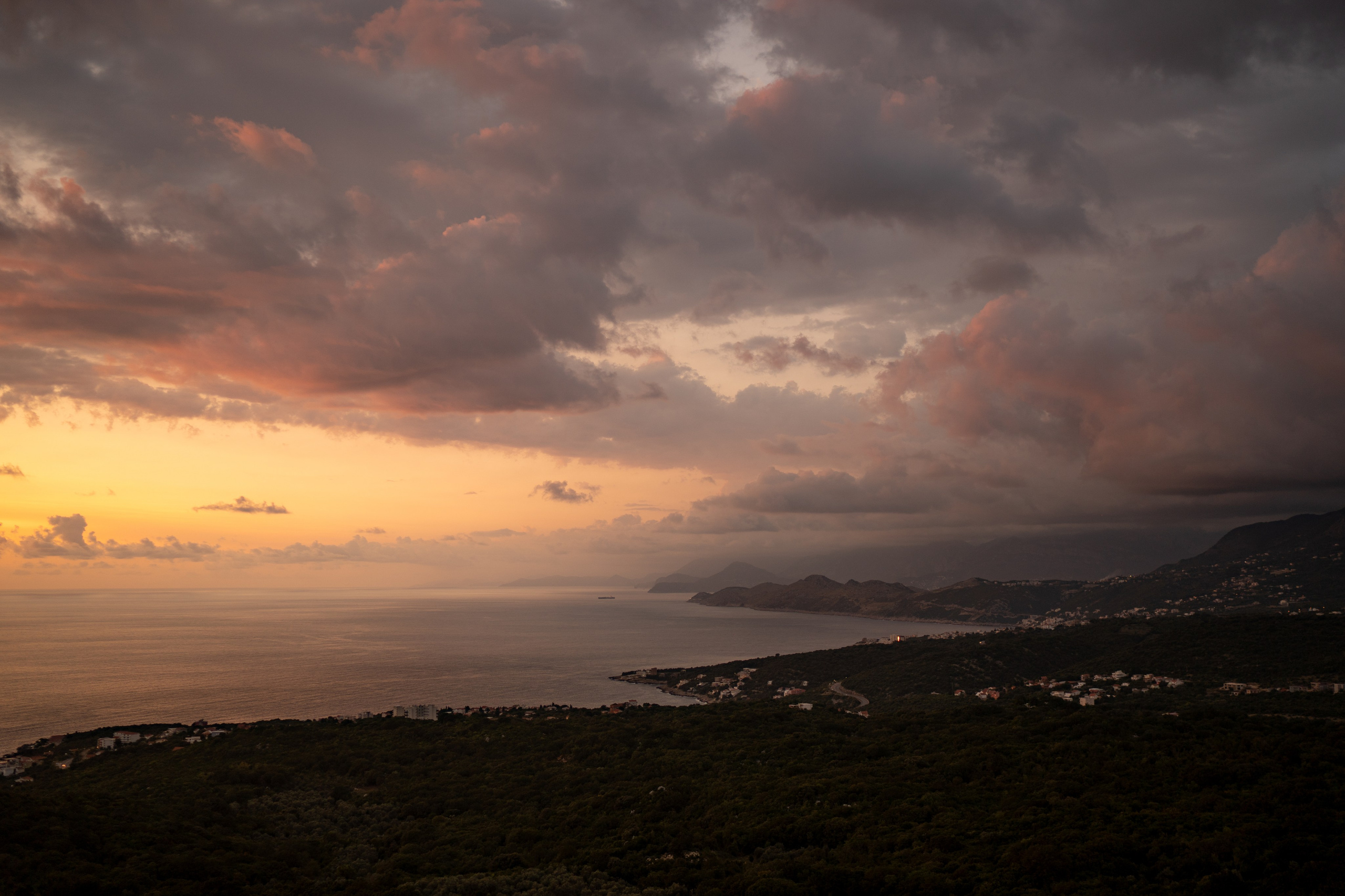
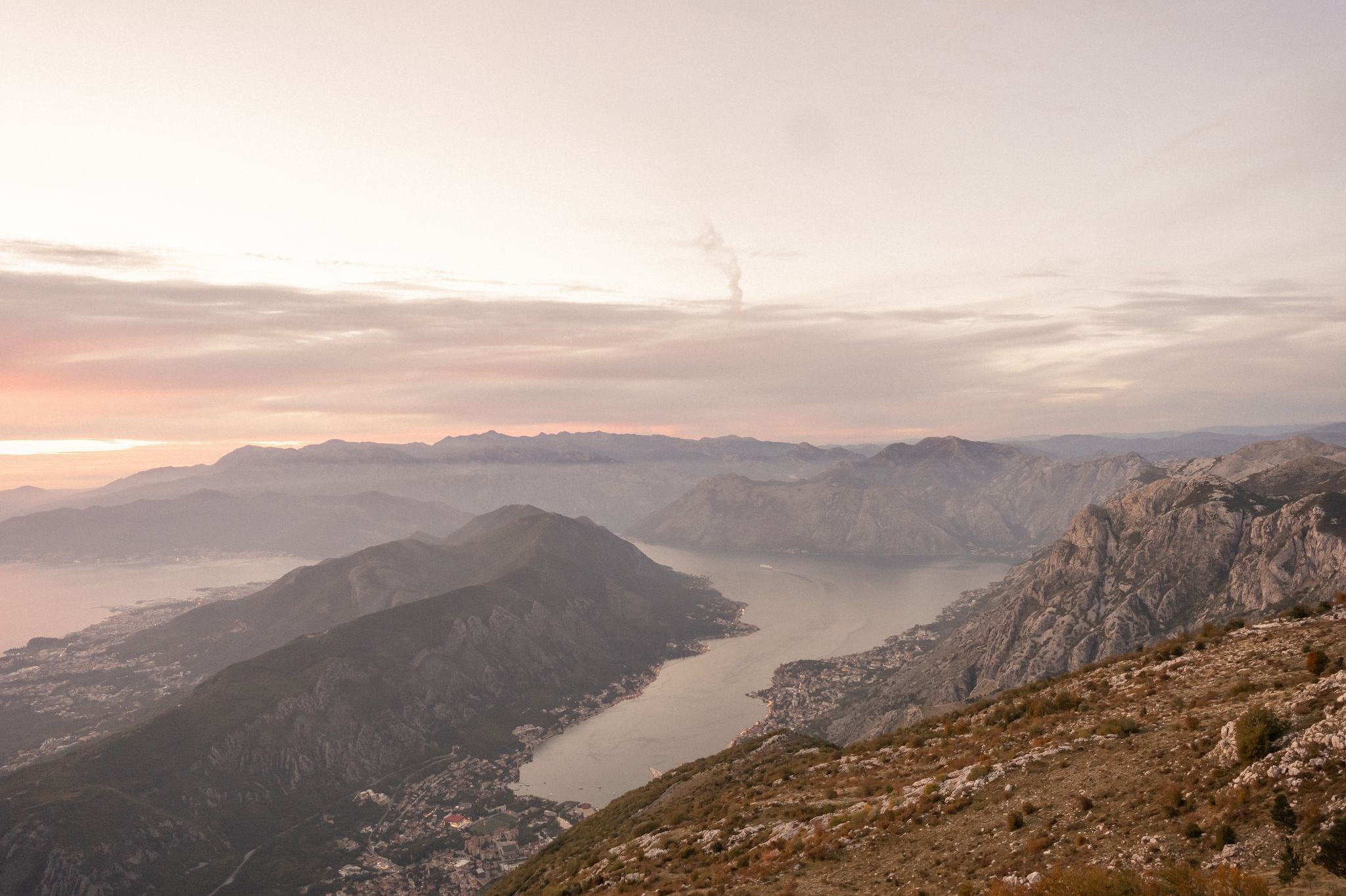
Cons of Visiting Montenegro
Limited Public Transportation
While Montenegro's natural beauty is a significant draw, its public transportation system has room for improvement:
- Infrequent Services: Buses and trains may not run frequently, especially to remote or rural areas, making it challenging to reach certain destinations without a car.
- Reliability: Public transport can sometimes be unreliable, with delays and cancellations affecting travel plans.
Seasonal Tourism Peaks
Montenegro experiences seasonal fluctuations in tourism, which can impact your visit:
- Crowds in Peak Season: During the summer months, popular destinations like Budva and Kotor can become crowded, leading to long queues, higher prices, and limited availability of accommodations.
- Off-Season Challenges: In the off-season, some tourist services and attractions may close or operate on reduced schedules, limiting your options for activities and dining.
Language Barriers
While many locals in tourist areas speak English, language barriers can pose challenges:
- Limited English Proficiency: Outside major tourist hubs, English may not be widely spoken, making communication difficult in remote areas.
- Signage and Information: Signs and informational materials may primarily be in Montenegrin, requiring travelers to navigate with limited language support.
Infrastructure Limitations
Montenegro's infrastructure is still developing, which can affect your travel experience:
- Road Conditions: Some roads, especially in mountainous regions, may be poorly maintained or narrow, making driving challenging.
- Connectivity: Internet access may be limited or unreliable in certain areas, hindering travelers who rely on digital connectivity.
Tourist Scams
As tourism grows, so does the potential for tourist scams:
- Overpriced Services: Some businesses may overcharge tourists for services, meals, or accommodations, especially in highly frequented areas.
- Unregulated Tours: Be cautious when booking tours or activities, as some operators may not adhere to safety standards or deliver the promised experience.

Comparison with Neighboring Countries
Montenegro shares borders with several countries, each offering unique attractions. Here’s how Montenegro stacks up against its neighbors:
- Croatia: Known for its stunning Adriatic coast and historic cities like Dubrovnik, Croatia is more developed in terms of tourism infrastructure. Montenegro offers similar coastal beauty but at a more affordable price point and with fewer crowds.
- Serbia: Serbia is celebrated for its vibrant nightlife and historical sites, particularly in Belgrade and Novi Sad. Montenegro, on the other hand, provides more natural landscapes and coastal experiences.
- Albania: Albania offers beautiful beaches and a growing tourism sector. Montenegro is slightly more developed and has a more established tourism industry, making it a safer choice for travelers seeking a blend of beach and mountain experiences.

Best Times to Visit Montenegro
Choosing the right time to visit Montenegro can enhance your travel experience:
- Summer (June to August): Ideal for beachgoers and those seeking vibrant nightlife. However, it’s also the peak tourist season, so expect higher prices and larger crowds.
- Spring (April to June) and Autumn (September to October): These shoulder seasons offer pleasant weather, fewer tourists, and more affordable prices. It’s a great time for hiking, sightseeing, and enjoying the natural beauty without the summer rush.
- Winter (December to March): Perfect for winter sports enthusiasts heading to Durmitor National Park or those who prefer a quieter, more serene travel experience. Coastal areas remain mild, but some tourist services may be limited.
Travel Tips for Montenegro
To make the most of your visit to Montenegro, consider the following tips:
Safety Tips
- Stay Aware: Montenegro is generally safe for tourists, but it’s essential to stay vigilant against petty theft, especially in crowded areas.
- Emergency Numbers: Familiarize yourself with local emergency numbers (112 is the general emergency number in Montenegro).
Cultural Etiquette
- Respect Local Customs: Montenegrins value their traditions and culture. Dress modestly when visiting religious sites and be respectful of local customs.
- Learn Basic Phrases: Learning a few basic phrases in Montenegrin can enhance your interactions with locals and show respect for their language.
Packing Essentials
- Appropriate Clothing: Pack suitable clothing based on the season and the activities you plan to undertake. Layered clothing is advisable for mountainous regions.
- Travel Documents: Ensure you have all necessary travel documents, including a valid passport, visas (if required), and travel insurance.
Transportation
- Rent a Car: Renting a car can provide greater flexibility and access to remote areas. Ensure you’re comfortable with driving on mountainous and sometimes narrow roads.
- Public Transport Alternatives: If you prefer not to drive, consider using buses or arranged tours to navigate the country.
Accommodation
- Book in Advance: Especially during peak seasons, it’s advisable to book your accommodations well in advance to secure the best rates and availability.
- Explore Diverse Options: From coastal resorts to mountain lodges, choose accommodations that align with your travel preferences and budget.
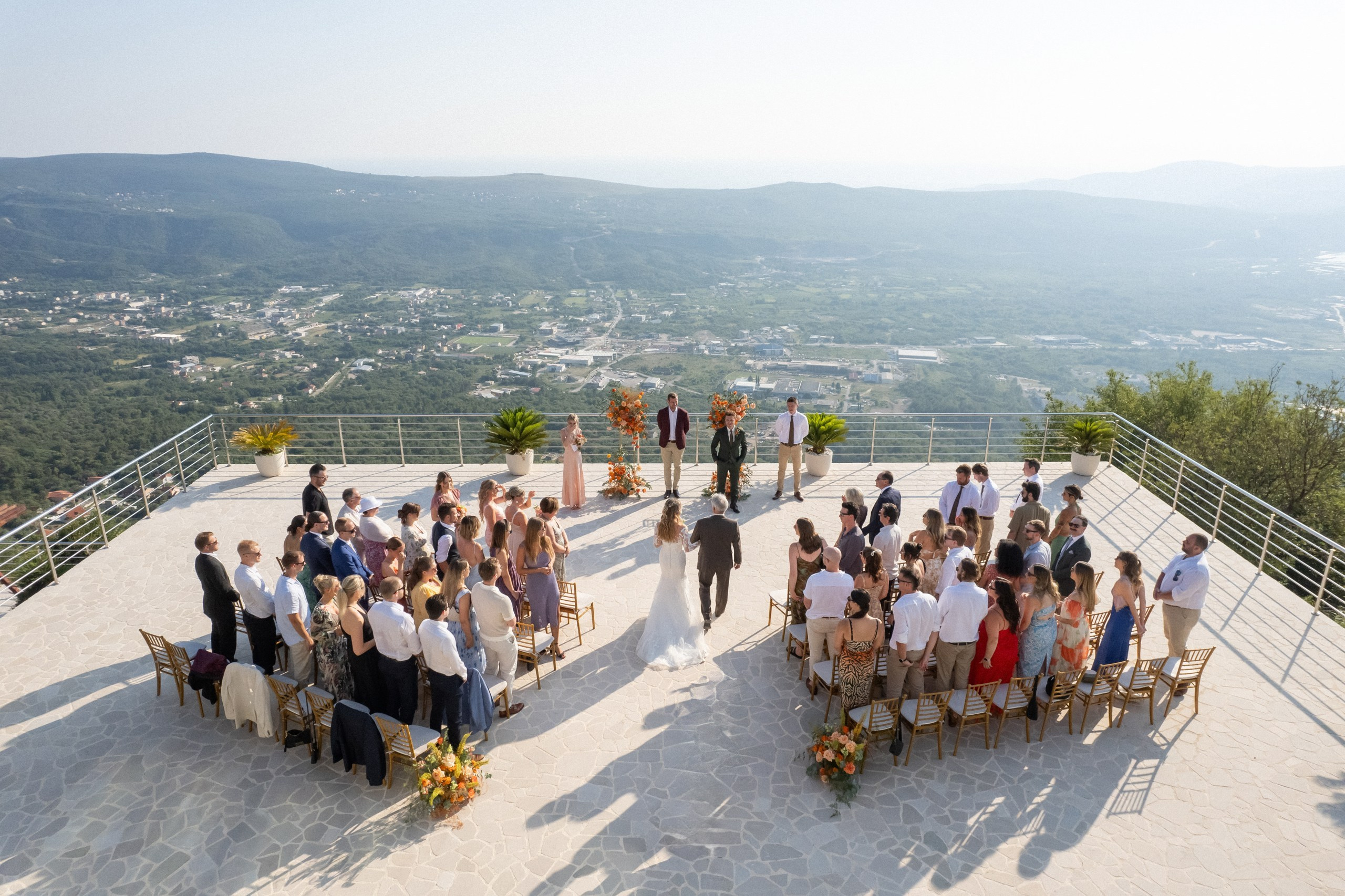
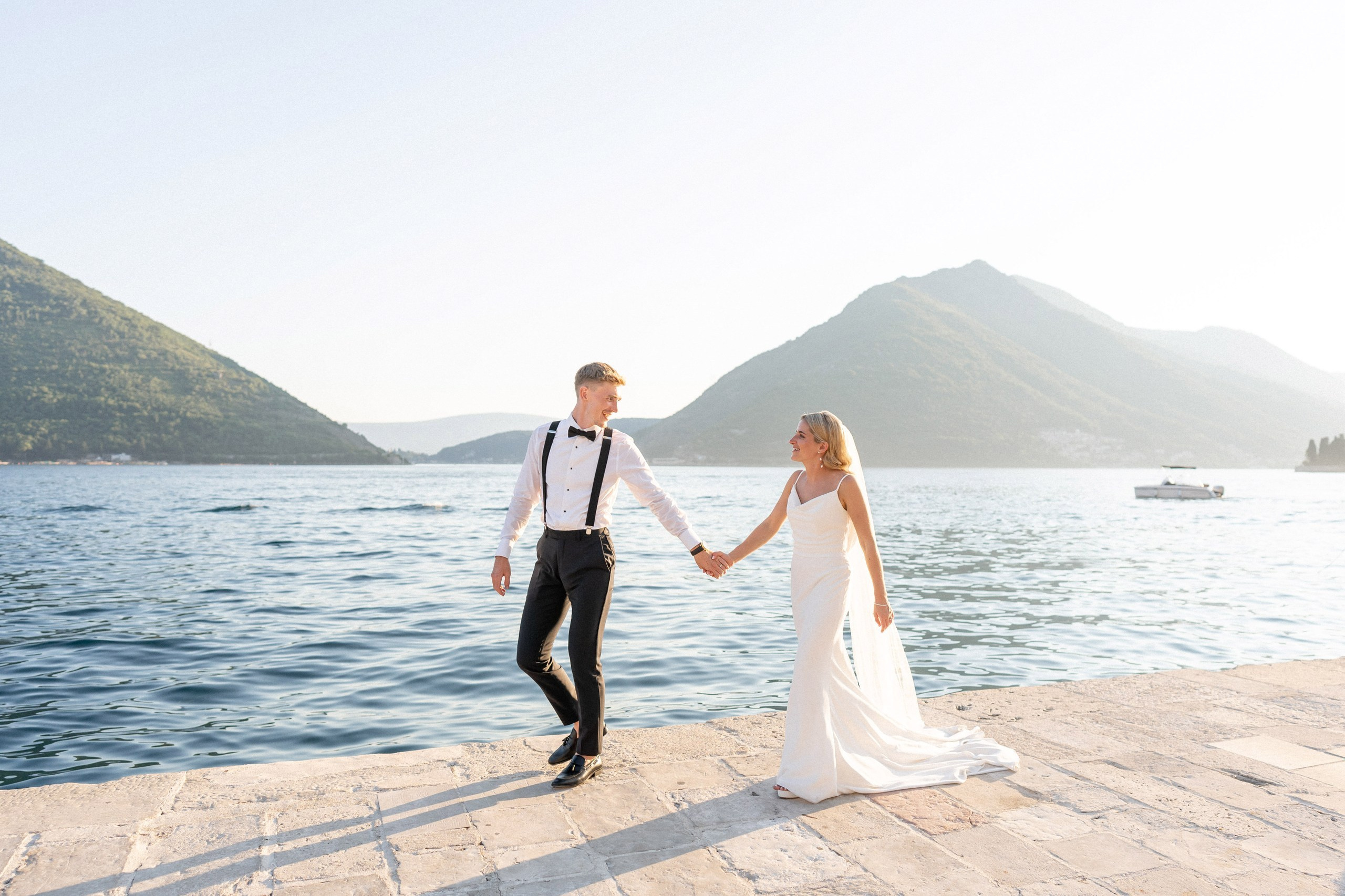
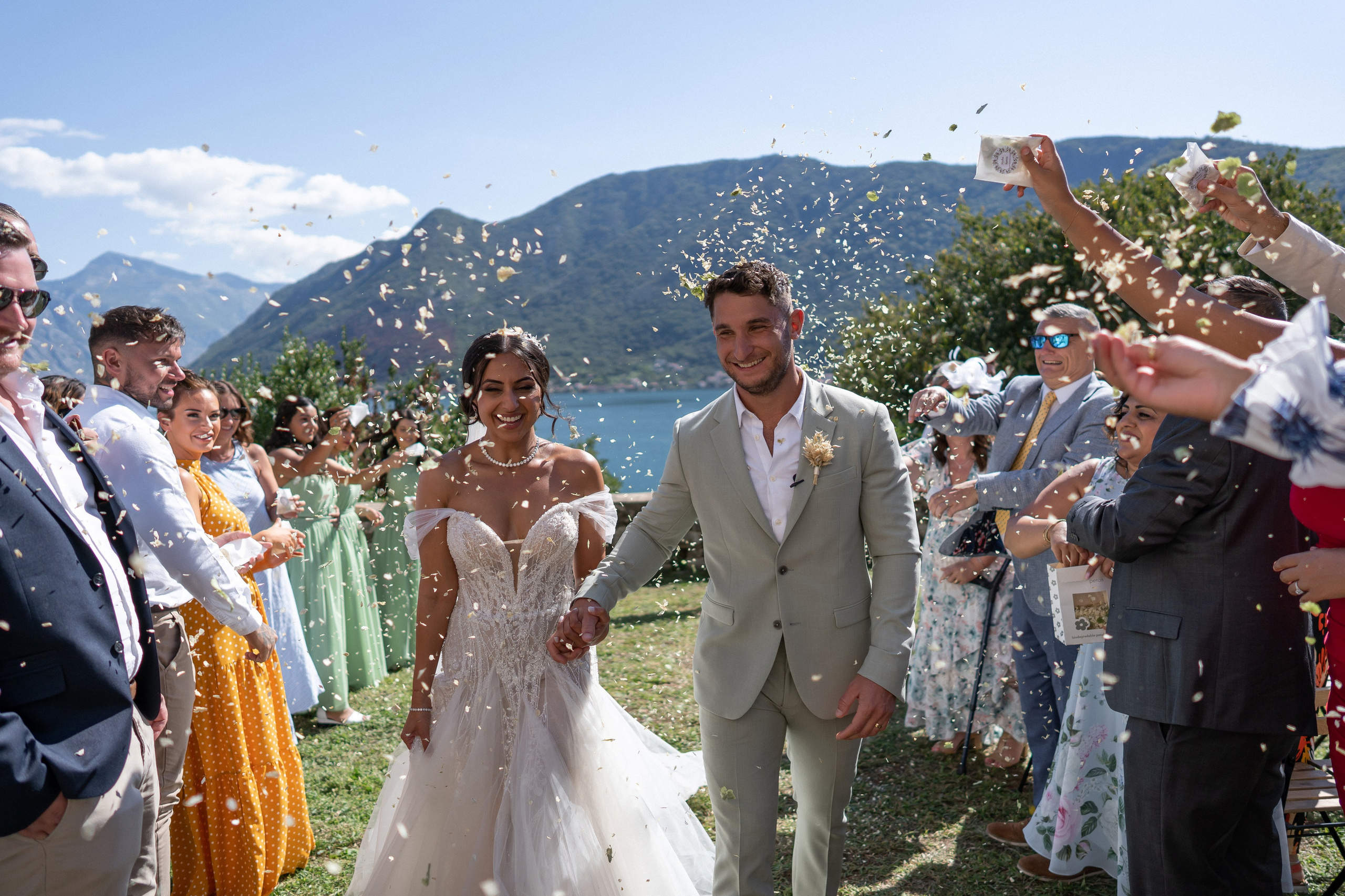
Destination Weddings in Montenegro
Another significant advantage of visiting Montenegro is its status as a premier destination for destination weddings. Montenegro’s breathtaking landscapes, charming venues, and romantic ambiance make it an ideal location for couples looking to celebrate their special day in a picturesque setting.
Why Choose Montenegro for Your Wedding?
Stunning Venues.
Montenegro boasts a diverse array of wedding venues that cater to various tastes and preferences. Whether you envision a beachfront ceremony along the Adriatic Coast, a rustic celebration in the mountains, or a sophisticated event in a historic palace, Montenegro has something to offer. Popular Montenegro wedding venues include luxurious resorts, intimate chapels, and elegant outdoor spaces that provide the perfect backdrop for unforgettable weddings.
Scenic Beauty.
The natural beauty of Montenegro enhances the romantic atmosphere of any wedding. From the serene waters of Lake Skadar to the dramatic cliffs of the Bay of Kotor, the stunning scenery ensures that your wedding photos and videos will be nothing short of spectacular. Couples can choose from a variety of picturesque locations to create a personalized and memorable experience.
Experienced Professionals.
Montenegro is home to talented photographers and videographers who specialize in capturing the magic of weddings. A skilled photographer in Montenegro can help you preserve every precious moment, while creative videographers can produce beautiful examples of wedding video in Montenegro that you will cherish forever. These professionals are well-versed in the local settings and can provide invaluable insights to make your wedding day flawless.
Affordability.
Compared to other popular wedding destinations, Montenegro offers excellent value for money. The cost of a wedding in Montenegro is generally more affordable, allowing couples to allocate their budget towards other aspects of their celebration. If you’re curious about the financial aspects, you might explore articles like how much Montenegro wedding costs? to get a better understanding of budgeting for your special day.
Tailored Services.
Local wedding planners, photographers, and videographers work closely with couples to tailor their services to meet specific needs and preferences. Whether you need guidance on how to choose photographer in Montenegro or are looking for inspiration from examples of Montenegro weddings photo albums, these professionals are dedicated to ensuring your wedding is everything you’ve dreamed of.
Legal Simplicity.
Montenegro has straightforward legal requirements for international couples looking to marry in the country. This ease of legal procedures allows for a hassle-free wedding planning experience, giving you more time to focus on celebrating your love.
Cultural Richness.
Montenegro’s rich cultural heritage adds a unique touch to your wedding celebration. Incorporating local traditions and customs can make your wedding experience even more special and memorable. From traditional Montenegrin music to authentic cuisine, your wedding will be infused with the local charm that Montenegro is known for.
Conclusion
Montenegro offers a captivating blend of natural beauty, rich culture, and affordable travel options, making it an appealing destination for many travelers. The stunning landscapes, friendly locals, and diverse activities are significant advantages that can create unforgettable experiences. However, potential visitors should be mindful of the limitations in public transportation, seasonal tourism peaks, language barriers, and infrastructure challenges.
By carefully considering the pros and cons outlined in this guide, you can plan a well-rounded and enjoyable trip to Montenegro. Whether you’re seeking adventure in the mountains, relaxation on the Adriatic coast, or a deep dive into a vibrant culture, Montenegro has something to offer. Ultimately, the decision to visit Montenegro depends on your personal preferences and travel priorities, but with the right preparation, it can be a rewarding and memorable destination.
Blog
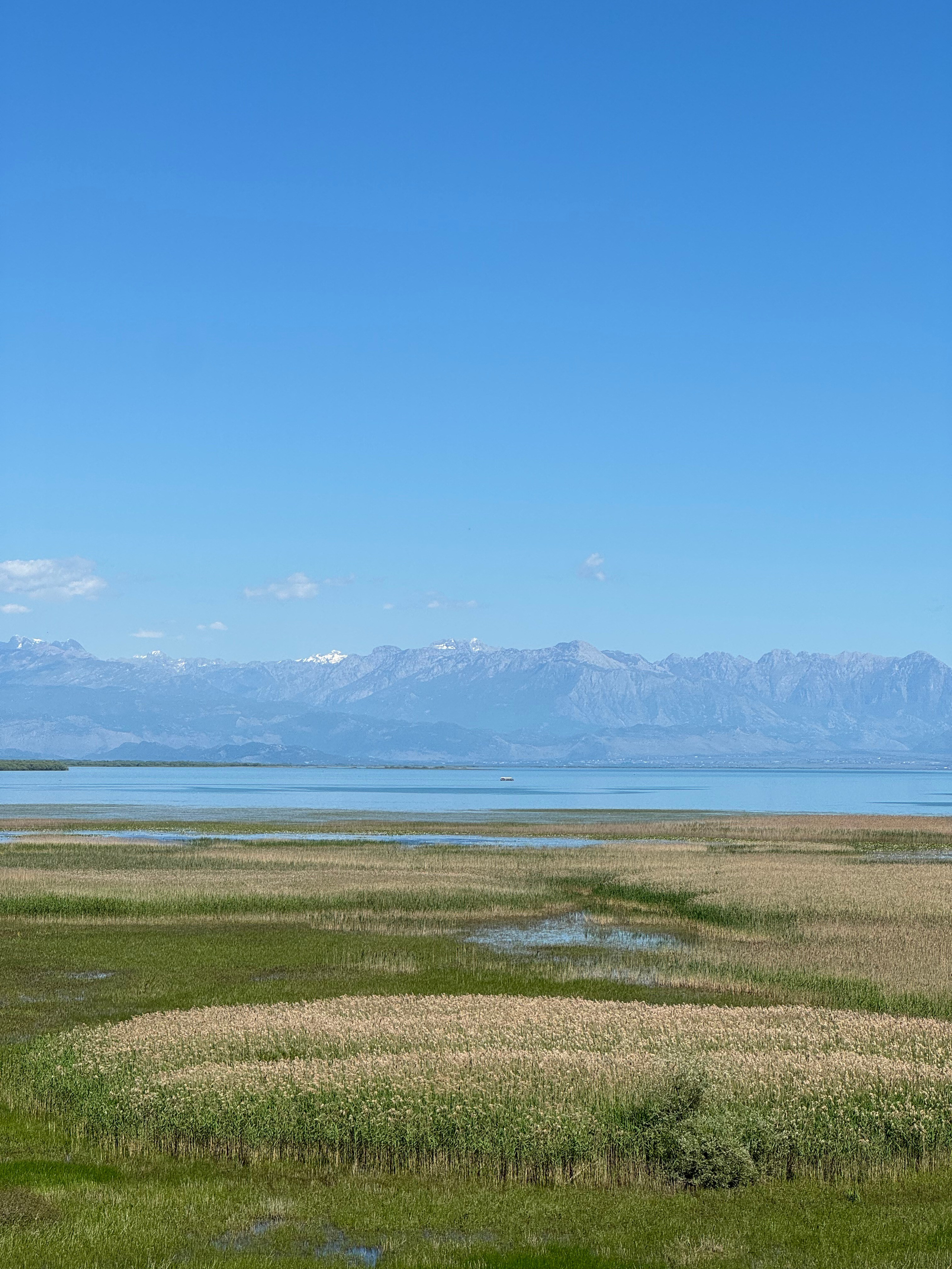
5 National Parks of Montenegro
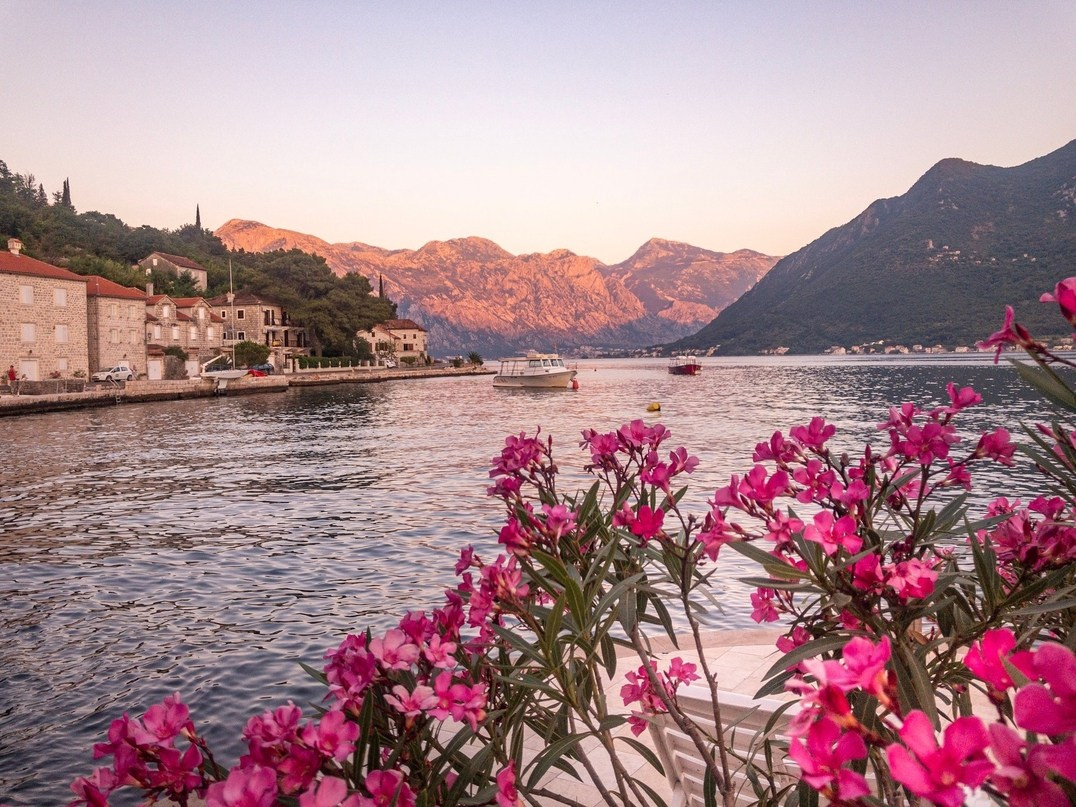
Montenegro Residence Permit Overview
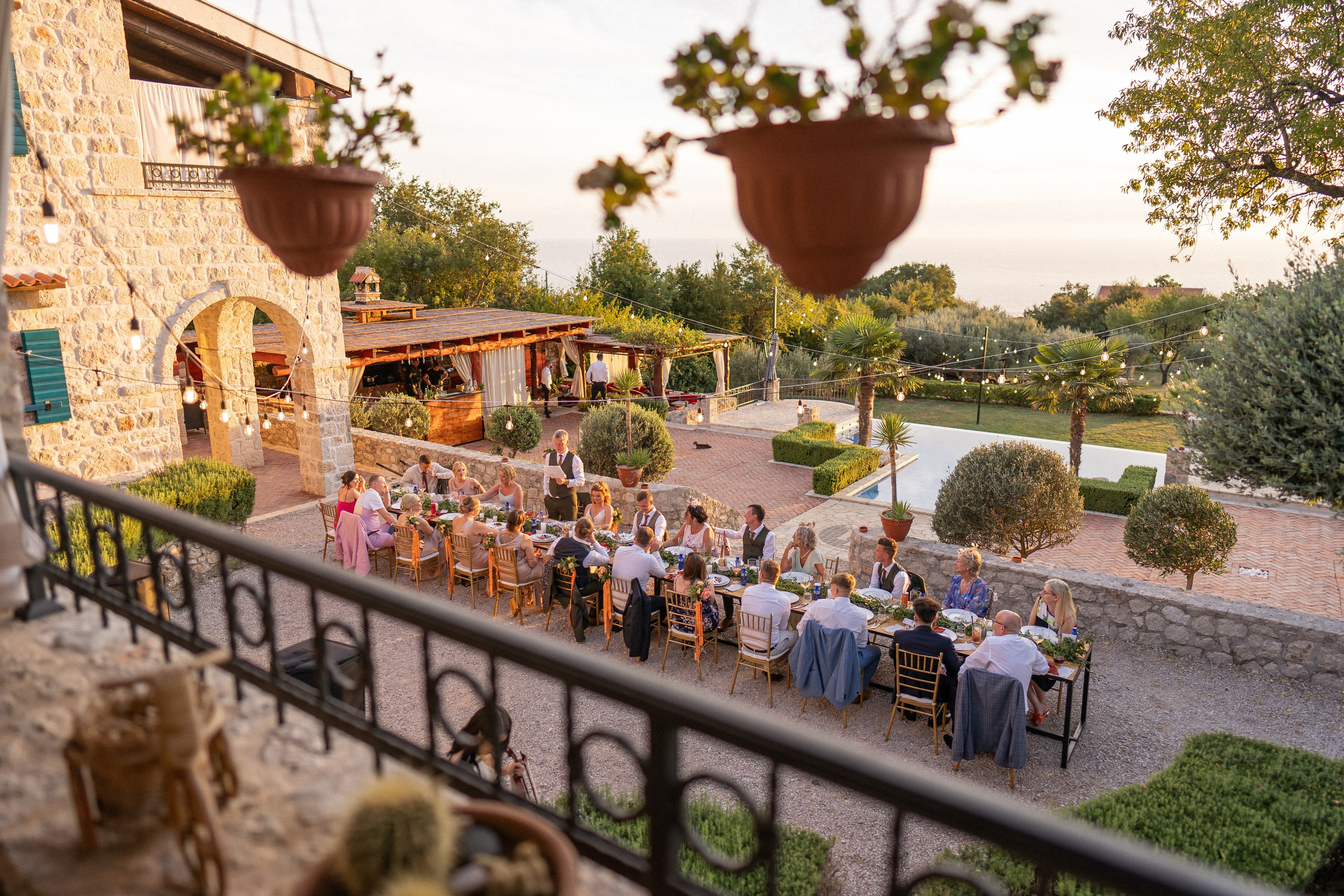
Montenegro Wedding Villa
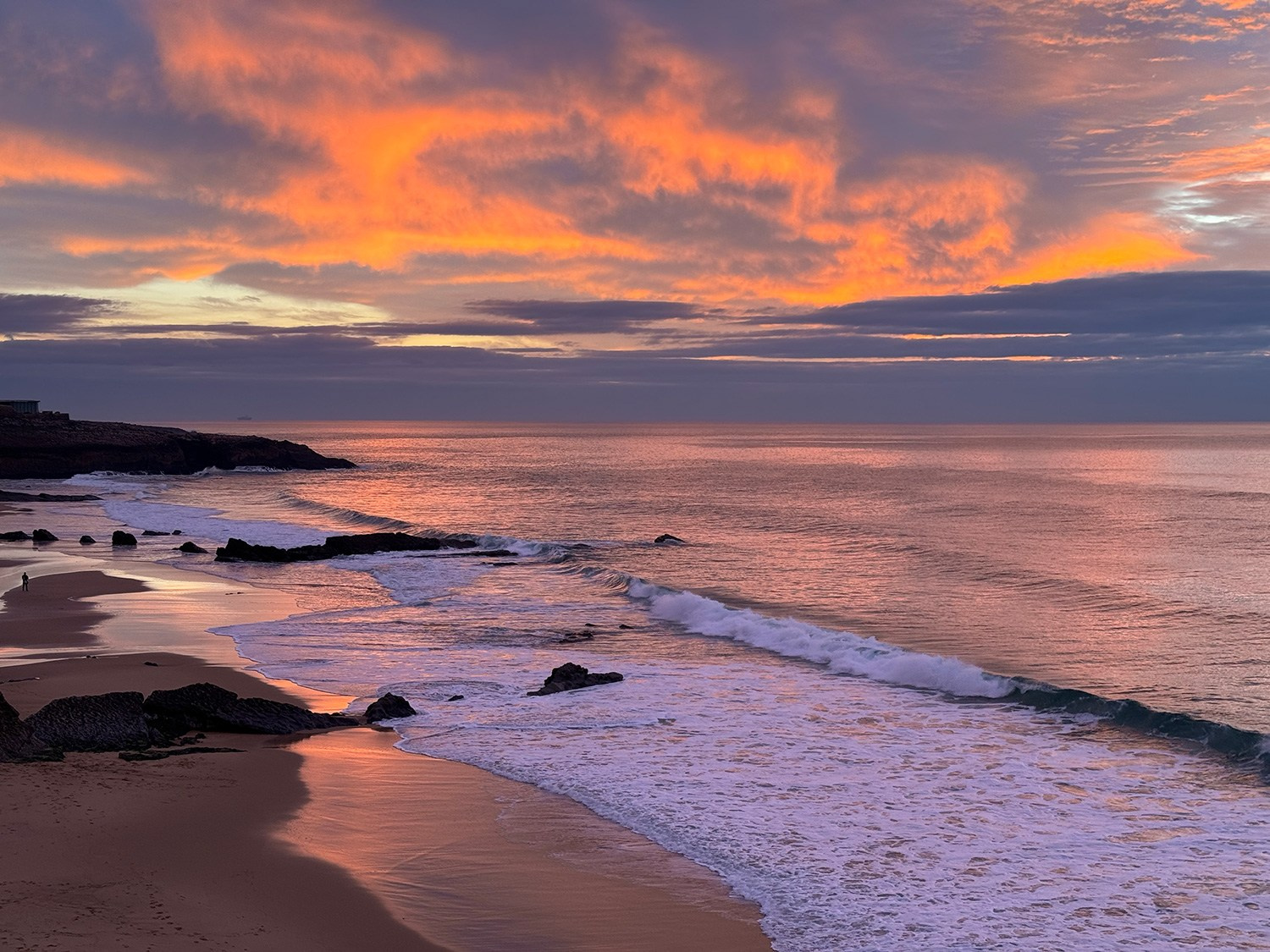
From Montenegro to Portugal by car
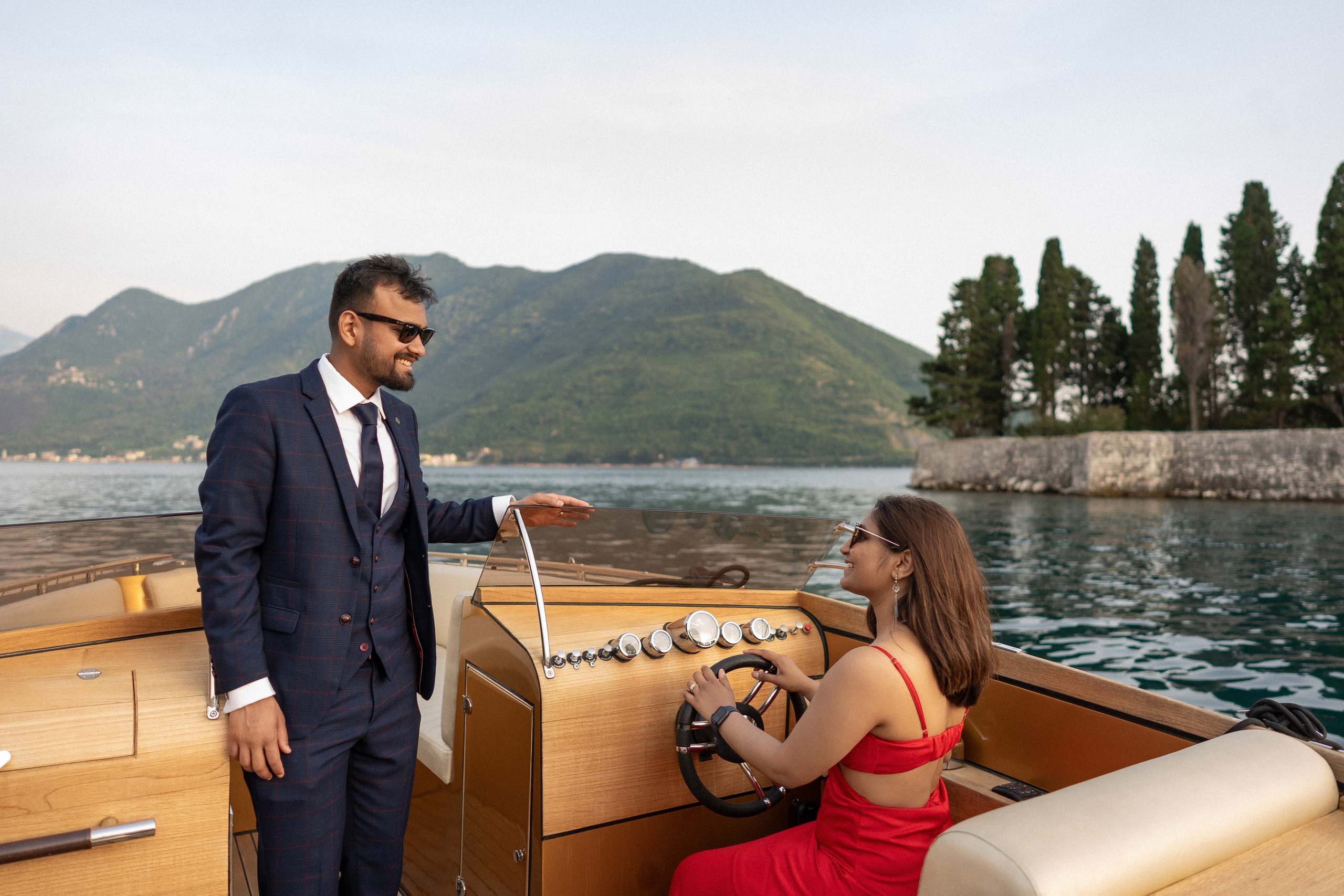
Engagement Photoshoot in Montenegro
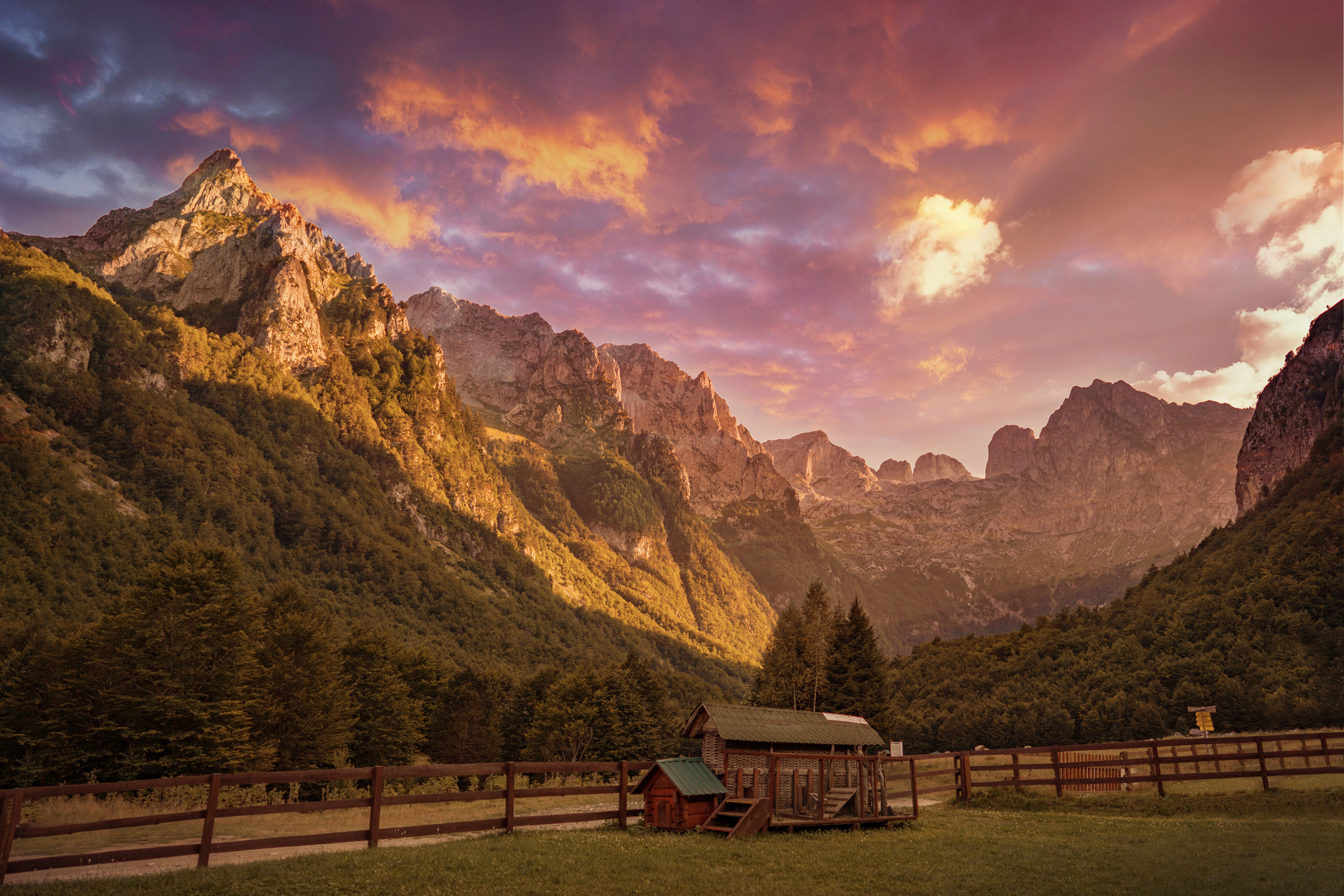
Prokletije National Park in Montenegro
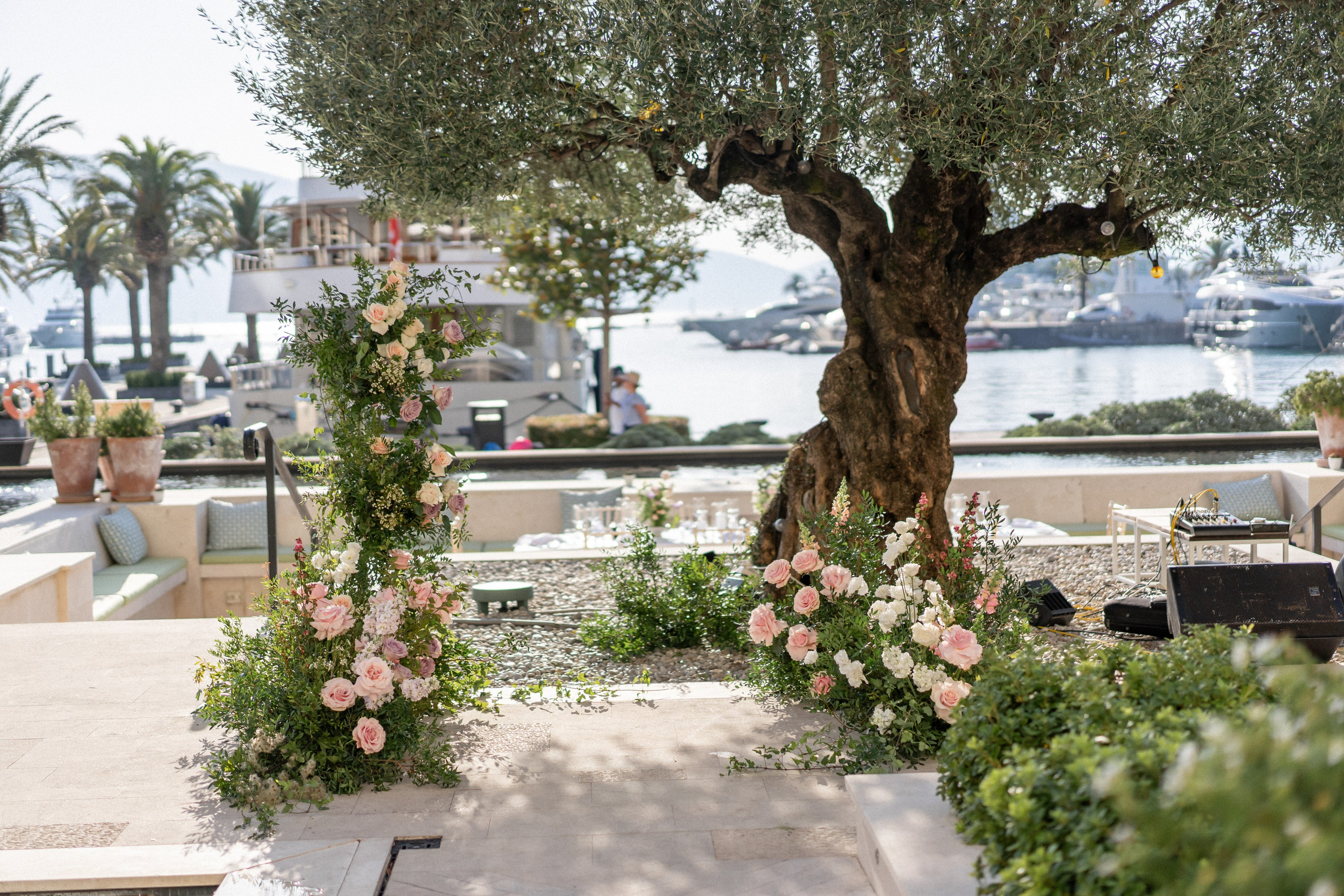
Regent Porto Montenegro Wedding

Talici Hill Villa Wedding Venue in Montenegro
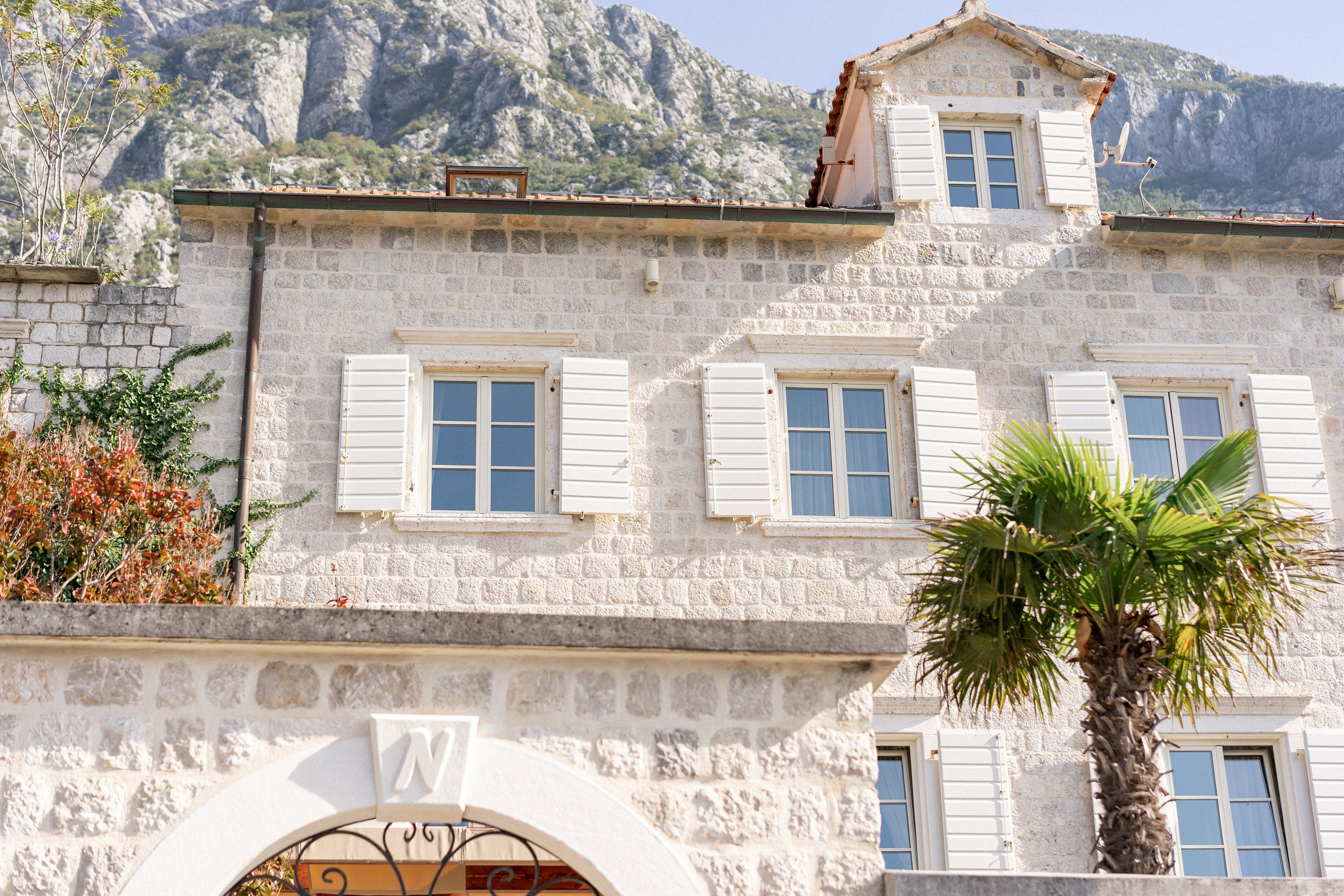
Villa Nikčević Wedding Venue
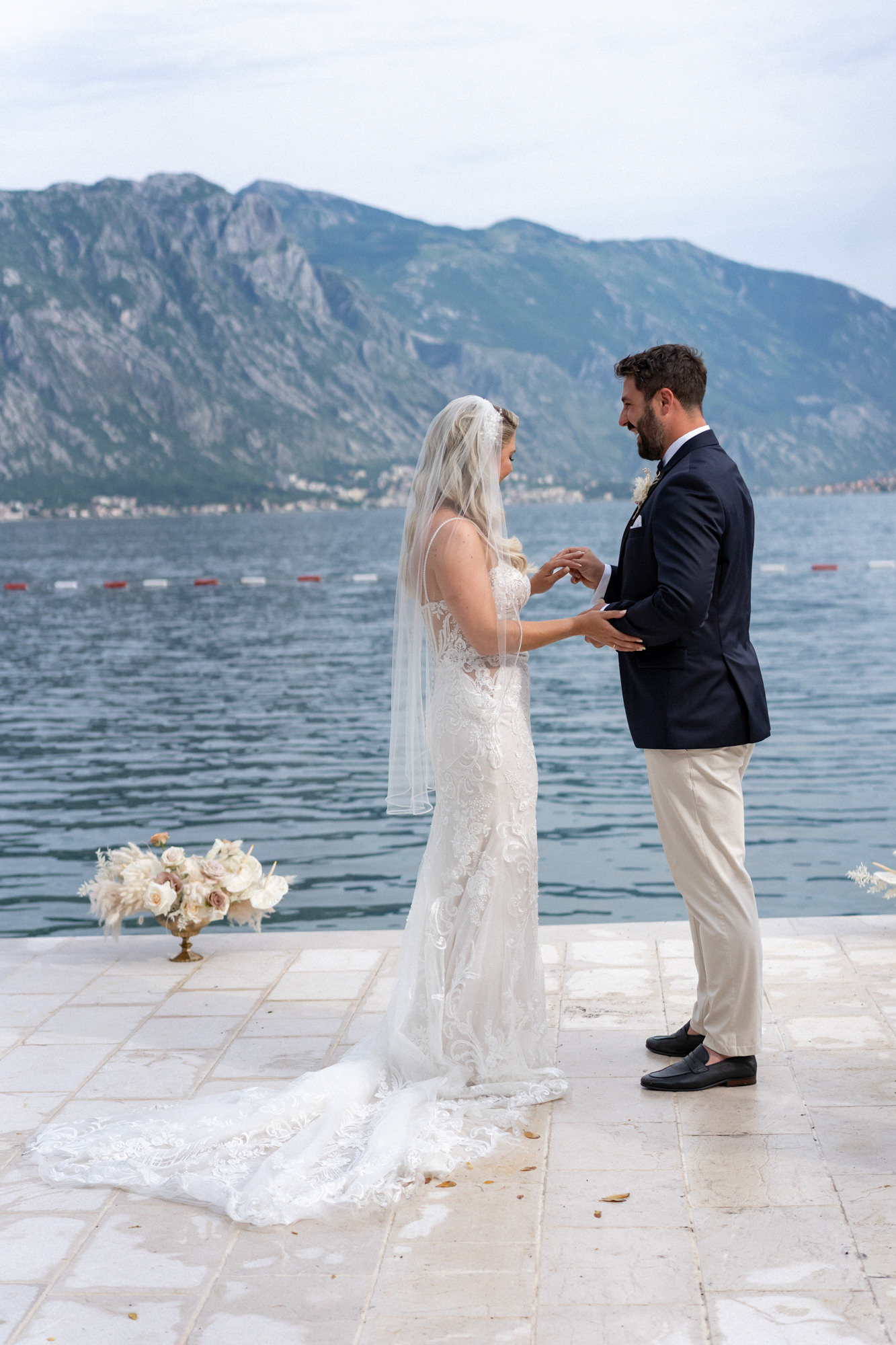
Bajova Kula Beach Club & Restaurant: Montenegro wedding venue
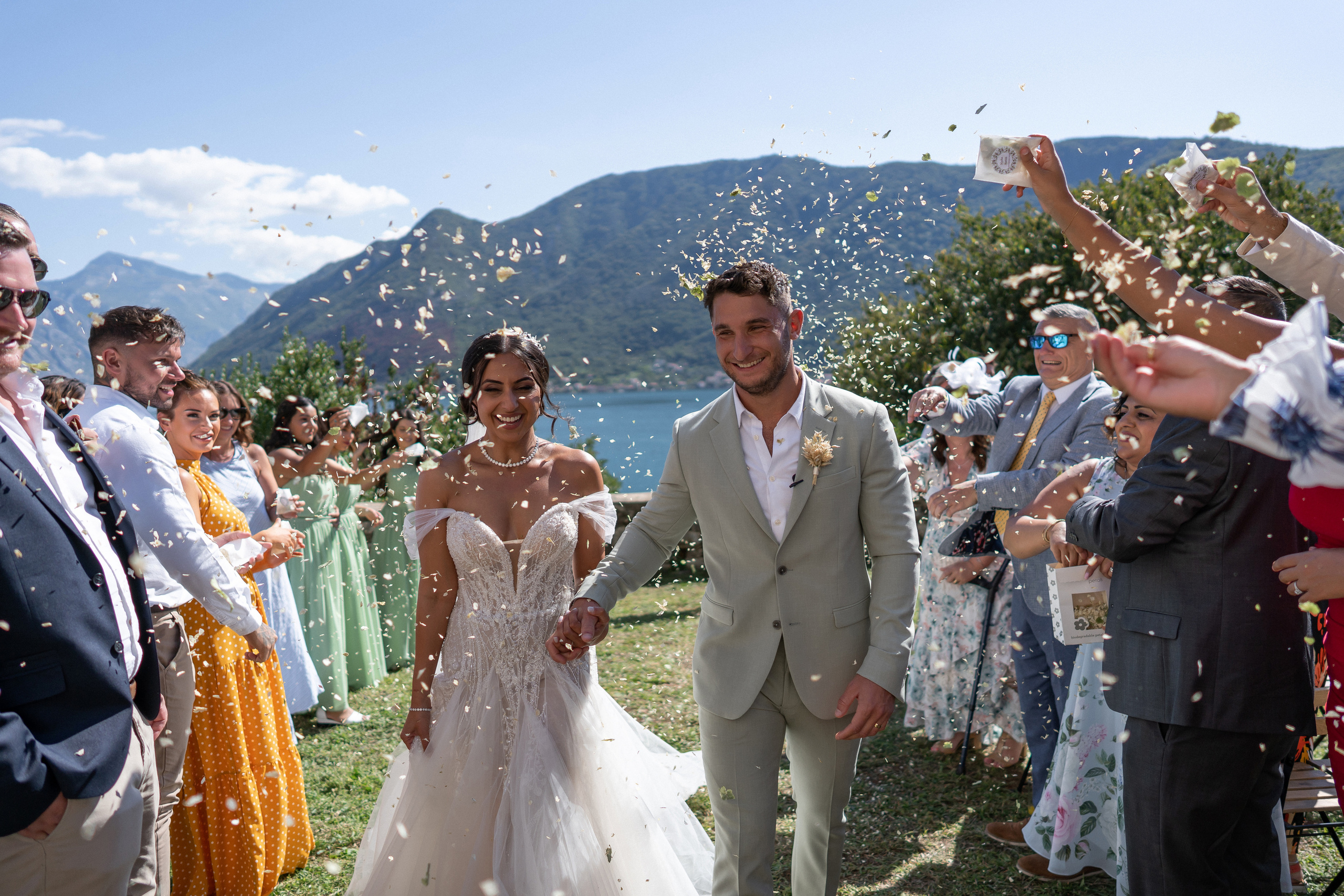
How to Choose a Wedding Planner in Montenegro
